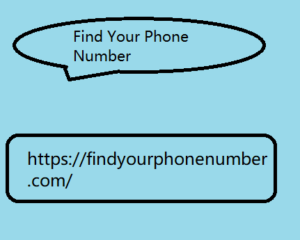Post by account_disabled on Mar 12, 2024 22:42:33 GMT -6
In recent days I have read posts from people angry with some social platforms. These platforms constantly change, add and remove pieces, vary the visibility algorithms and limit the possibility of being visible without paying. The phenomenon has always existed, but in recent months this trend has become further accentuated. On LinkedIn , group owners are in revolt , because they have lost many of their management skills. Google + has renewed itself by cutting important pieces and complicating others (as reported in this post by Maurizio Ceravolo ). Facebook is slowly limiting the organic visibility of pages and the algorithm reduces the visibility of posts that do not have a strong POP intention.
We add that plugins that allow you not to see advertising are Find Your Phone Number increasingly used and that Twitter is starting to be considered a boring social network and is losing audience due to the lack of interactions. We have painted a picture that makes us reflect on the instability of these means in which we invest time for communication purposes. If Facebook, Twitter, Google + and LinkedIn do not constitute safe havens in which we can have the peace of mind of building visibility that grows and expands day after day, what other tool allows us not to run the risk of seeing all our efforts for a simple change of policy or algorithm? The Blog The Blog, which is based on a domain owned by us, still remains the only place over which we have total control and which can act as a buffer against changes in direction of social conversation platforms. The blog can be searched and found in Google searches.

Every single post, to which we can give the image we like most without any graphic or structural limitation, can be shared on all social networks. The Blog conveys professionalism, whether we do it for our company or for our Personal Branding, it ensures an image of respectful authority that no post on Facebook can ever convey. Even if social sharing platforms fluctuate in granting us greater or lesser visibility, starting from the blog we have the constant ability to highlight our posts by exploiting all social networks in a synergistic way. The holistic development of our communication determines a constant communication capacity capable of reacting to changes. When we post content and build a following on platforms that we do not own or control, we must be very aware that we are doing our “ business with the business of others ”.
We add that plugins that allow you not to see advertising are Find Your Phone Number increasingly used and that Twitter is starting to be considered a boring social network and is losing audience due to the lack of interactions. We have painted a picture that makes us reflect on the instability of these means in which we invest time for communication purposes. If Facebook, Twitter, Google + and LinkedIn do not constitute safe havens in which we can have the peace of mind of building visibility that grows and expands day after day, what other tool allows us not to run the risk of seeing all our efforts for a simple change of policy or algorithm? The Blog The Blog, which is based on a domain owned by us, still remains the only place over which we have total control and which can act as a buffer against changes in direction of social conversation platforms. The blog can be searched and found in Google searches.

Every single post, to which we can give the image we like most without any graphic or structural limitation, can be shared on all social networks. The Blog conveys professionalism, whether we do it for our company or for our Personal Branding, it ensures an image of respectful authority that no post on Facebook can ever convey. Even if social sharing platforms fluctuate in granting us greater or lesser visibility, starting from the blog we have the constant ability to highlight our posts by exploiting all social networks in a synergistic way. The holistic development of our communication determines a constant communication capacity capable of reacting to changes. When we post content and build a following on platforms that we do not own or control, we must be very aware that we are doing our “ business with the business of others ”.
